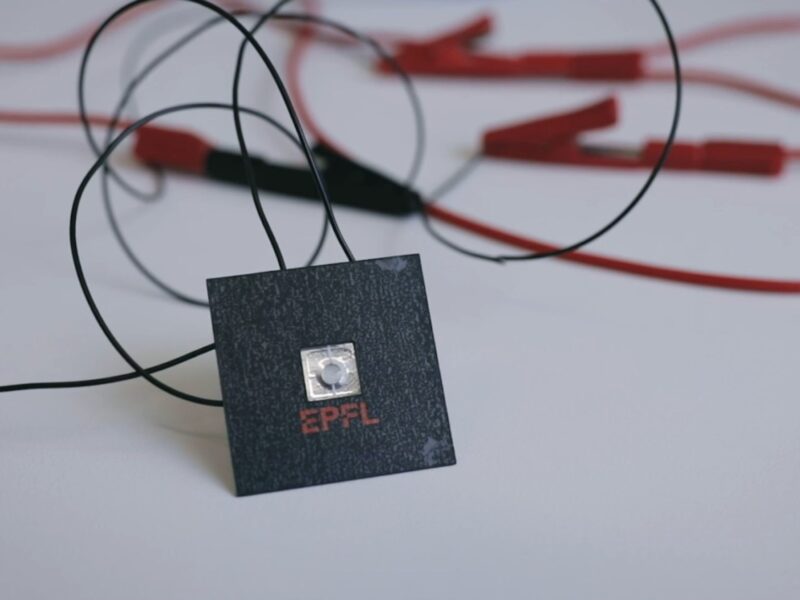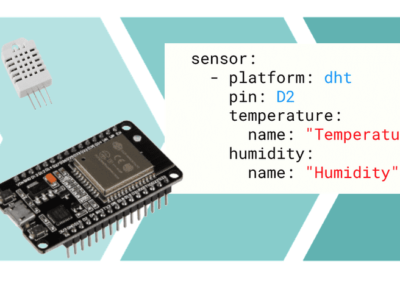
Fast actuators enable mid air haptics
Researchers in Switzerland have developed a fast actuator that can be used to feel virtual objects things in mid-air, hence haptic pixels, or Haxels.
“With my team, we’ve created very small, thin and fast actuators,” said Prof Herbert Shea who heads up the School of Engineering’s Soft Transducers Laboratory at EPFL Neuchâtel. “They are millimetre-sized capsules that use electrostatic energy to inflate and deflate.”
The capsules have an outer insulating membrane made of silicone enclosing an inner pocket filled with oil. Each bubble is surrounded by four electrodes, that can close like a zipper. When a voltage is applied, the electrodes are pulled together, causing the centre of the capsule to swell like a blister.
The difference is that the capsules, which the team calls Haxels, can move not only up and down, but also side to side and around in a circle. “When they are placed under your fingers, it feels as though you are touching a range of different objects,” said Shea.
Shea’s team is working on integrating a dozen of these capsules into a thin haptics glove to feel objects in midair. “The capsules will be combined with another system that actively blocks your fingers from going through the virtual object,” he said. “You’ll convincingly feel you’re holding a solid object even though your hands are empty. We’ll also be able to recreate the feeling of different materials: you’ll be able to tell whether the object you’re holding is made of wood, plastic or ceramic. This will be fun for video games but also useful for surgical simulators and teleoperation.”
Shea will also use tactile illusions to make the feeling as real as possible. “We are dominated by what we see,” he said. “When we rely heavily on our vision – which is the case in virtual reality – it is easy to trick our brain about the object we’re touching. That helps make virtual objects feel real.”
For the haptics technology to be used, the researchers now need to create the software that will program the feeling and weight of the virtual objects held in the glove. “Simple movements will be easier to configure than those requiring more accuracy,” said Shea.
Related articles on haptics
- A SCREED ON BUTTONLESS PHONES
- TOUCH ME – FEEL ME!
- TECHNOLOGY IS READY FOR STANDARDIZATION
- ORIGAMI UNFOLDS AS FORCE FEEDBACK
- FRENCH STARTUP PROMISES MEANINGFUL TOUCH TECH
- SKIN-WORN TECH GIVES TOUCH BACK TO PROSTHETICS
 If you enjoyed this article, you will like the following ones: don't miss them by subscribing to :
eeNews on Google News
If you enjoyed this article, you will like the following ones: don't miss them by subscribing to :
eeNews on Google News


